"I don't know who will read this. I guess someone will find it eventually. Maybe in a hundred years or so." -Mark Watney
174 posts
Latest Posts by inter-stellxr-blog - Page 2

Geophysicists call it the new core paradox: They can’t quite explain how the ancient Earth could have sustained a magnetic field billions of years ago, as it was cooling from its fiery birth.
Now, two scientists have proposed two different ways to solve the paradox. Each relies on minerals crystallizing out of the molten Earth, a process that would have generated a magnetic field by churning the young planet’s core. The difference between the two explanations comes in which particular mineral does the crystallizing.
Silicon dioxide is the choice of Kei Hirose, a geophysicist at the Tokyo Institute of Technology who runs high-pressure experiments to simulate conditions deep within the Earth. “I’m very confident in this,” he reported on 17 December at a meeting of the American Geophysical Union in San Francisco, California.
But David Stevenson, a geophysicist at the California Institute of Technology in Pasadena, says that magnesium oxide — not silicon dioxide — is the key to solving the problem. In unpublished work, Stevenson proposes that magnesium oxide, settling out of the molten early Earth, could have set up the buoyancy differences that would drive an ancient geodynamo.
The core paradox arose in 2012, when several research teams reported that Earth’s core loses heat at a faster rate than once thought1, 2. More heat conducting away from the core means less heat available to churn the core’s liquid. That’s important because some studies suggest Earth could have had a magnetic field more than 4 billion years ago — just half a billion years after it coalesced from fiery debris swirling around the newborn Sun. “We need a dynamo more or less continuously,” Peter Driscoll, a geophysicist at the Carnegie Institution for Science in Washington DC, said at the meeting.
Continue Reading.

Very true.
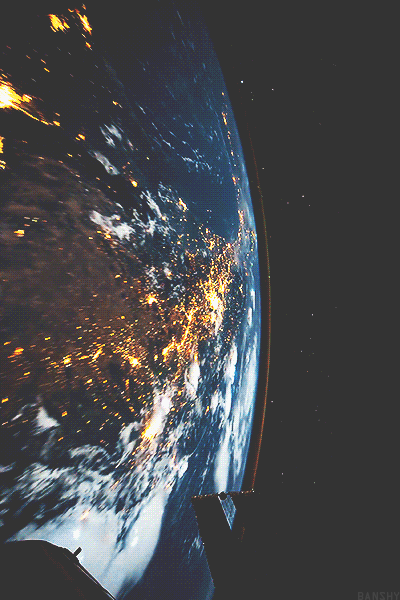
ISS Symphony
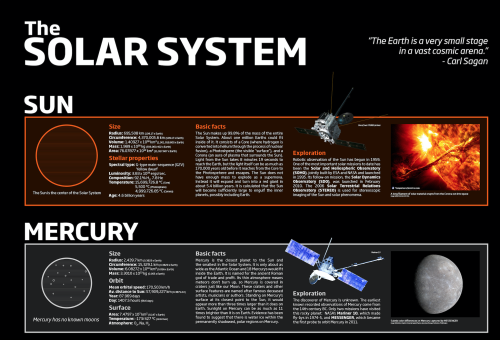
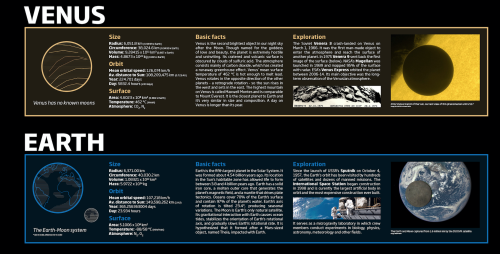
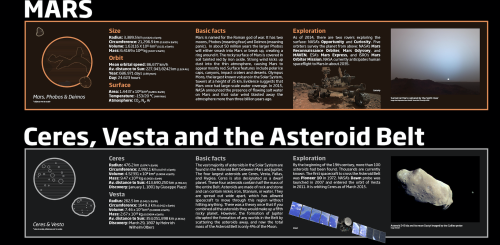
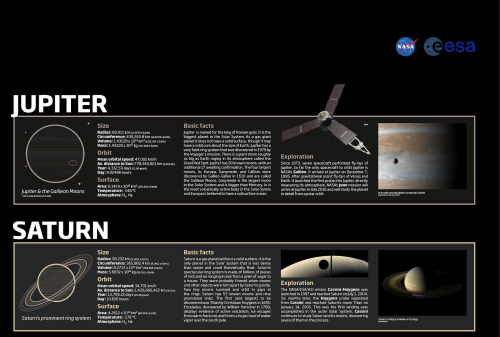
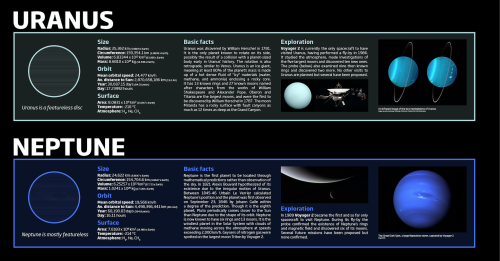
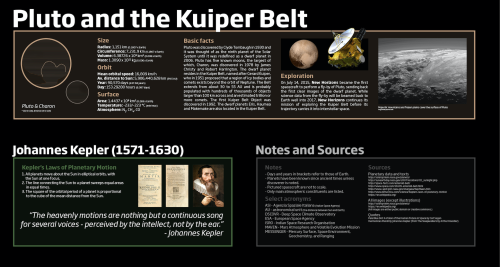
The Solar System
This is what our night sky could look like guys.
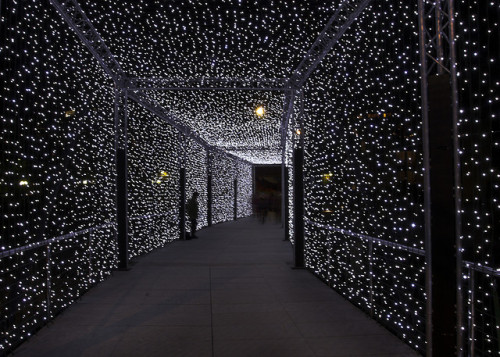

Celebrate the Saturn V’s Birthday by Watching the Largest Rocket in History Fly
The Saturn V rocket is objectively the most badass vehicle ever made. Screw your SR-71 Blackbirds. To hell with your Maglev trains. Shove your hoverboards up your butt. The Saturn V, flagship of the Apollo Moon landings, has them all beat for style, performance, and historical impact, hands-down, end of story.
No doubt the launches were even more incredible to witness in person, but this visual mosaic of all 13 blast-offs is bound to give you a contact high nonetheless. Watch on, and pay your respects to this masterpiece of engineering, which repeatedly burned up in the atmosphere so that we didn’t have to.
You heard it right: That’s Walter Cronkite, arguably the most unflappable newsman in history, losing his shit over the raw power of the Saturn V.
“My God, our building’s shaking here,” he says with palpable delight. “Oh it’s terrific, the building’s shaking! This big blast window is shaking! We’re holding it with our hands! Look at that rocket go into the clouds at 3,000 feet! Oh, the roar is terrific!”
We feel you, Walter. A lot of rockets have come and gone since the Saturn V was retired in 1973, but none have ever exceeded the sheer explosive wonder of this Apollo Age champ. It remains the largest and most powerful rocket of all time, standing 36 stories high and weighing about 6.2 million pounds when fully fueled. For comparison, SpaceX’s Falcon Heavy, slated for its first flight next year, will stand 22 stories high.

“It has more capability than any vehicle in history,” Elon Musk said of the Falcon Heavy, “apart from the Saturn V.”
Alas, the Saturn V rockets were also expendable launch vehicles, meaning that only the tiny command modules carrying the returning Apollo astronauts ever made it back to Earth. But though we don’t have many physical remains of the beasts that gave us our first boosts to another world, we have plenty of nostalgically sepia-toned footage recording their pyrotechnic departures from our planet.
Mad props, Saturn V. You’re the real MVP.
Source: @vicemag [x]

A Precocious Black Hole In July 2015, researchers announced the discovery of a black hole that grew much more quickly than its host galaxy. The discovery calls into question previous assumptions on development of galaxies. The black hole was discovered using the Hubble Space Telescope, and detected in the Sloan Digital Sky Survey, by ESA’s XMM-Newton and NASA’s Chandra.

Wind farm star trails by Matt James
Ten Awe-Inspiring Photos
We’ve taken 10 of our top Instagram posts and put them here for your viewing pleasure. Now, your next 10 cell phone backgrounds can be found in one place.
10. Water on Mars

With 210,000 likes, this image is a favorite on Instagram. New findings from our Mars Reconnaissance Orbiter (MRO) provide the strongest evidence yet that liquid water flows intermittently on present-day Mars. Dark, narrow streaks on Martian slopes such as these at Hale Crater are inferred to be formed by seasonal flow of water on contemporary Mars. The streaks are roughly the length of a football field.
9. Smoke Ring for a Halo

With 210,000 likes, this image shined on Instagram. Two stars shine through the center of a ring of cascading dust in this image taken by the Hubble Space Telescope. The star system is named DI Cha, and while only two stars are apparent, it is actually a quadruple system containing two sets of binary stars. As this is a relatively young star system it is surrounded by dust.
8. Pluto’s Largest Moon, Charon

With 216,000 likes, a lot of people thought this image was interesting on Instagram. Our New Horizons spacecraft has returned the best color and the highest resolution images yet of Pluto’s largest moon, Charon - and these pictures show a surprisingly complex and violent history. This high-resolution enhanced color view of Charon was captured just before closest approach on July 14. The image combines blue, red and infrared images; the colors are processed to best highlight the variation of surface properties across Charon.
7. Veil Nebula

With 220,000 likes, many people favorited this image on Instagram. This is the expanding remains of a massive star that exploded about 8,000 years ago. This view is a mosaic of six pictures from our Hubble Space Telescope of a small area roughly two light-years across, covering only a tiny fraction of the nebula’s vast structure. This close-up look unveils wisps of gas, which are all that remain of what was once a star 20 times more massive than our sun.
6. Messier 94 Galaxy

With 234,000 likes, this image is a favorite on Instagram. This image shows the galaxy Messier 94, which lies in the small northern constellation of the Hunting Dogs, about 16 million light-years away. Within the bright ring or starburst ring around Messier 94, new stars are forming at a high rate and many young, bright stars are present within it.
5. Solar ‘Pumpkin’

With 247,000 likes, many followers enjoyed this image on Instagram. This photo was posted on Halloween and shows active regions on the sun combined to look something like a jack-o-lantern’s face. The image was captured by NASA’s Solar Dynamics Observatory in October 2014, which watches the sun at all times from its orbit in space.
4. Italy from the International Space Station

With 251,000 likes, this image captivated many of you on Instagram. Before drifting off to sleep, NASA astronaut Scott Kelly (@stationcdrkelly) captured this images from the International Space Station and wrote, “ Day 180. Moonlight over Italy. #BuonaNotte Good night from @ISS! #YearInSpace.”
3. Cosmic Archaeological Dig

With 286,000 likes, this image dazzled many of you on Instagram. Peering deep into the Milky Way’s crowded central hub of stars, researchers using our Hubble Space Telescope have uncovered for the first time a population of ancient white dwarfs – smoldering remnants of once-vibrant stars that inhabited the core. Finding these relics at last can yield clues to how our galaxy was built, long before Earth and our sun formed. This image is a small section of Hubble’s view of the dense collection of stars crammed together in the galactic bulge.
2. Super Blood Moon

With 310,000 likes, this image was very popular on Instagram. It shows the Super Blood Moon behind the Washington Monument on Sunday, Sept. 27, in Washington, DC. The combination of a supermoon and total lunar eclipse last occurred in 1982 and will not happen again until 2033.
1. Pluto

With 363,000 likes, this image is one of our most popular pictures on Instagram. The dwarf planet sent a love note back to Earth via our New Horizons spacecraft, which traveled more than 9 years and 3+ billion miles. This was the last and most detailed image of Pluto sent to Earth before the moment of closest approach, which was at 7:49 a.m. EDT Tuesday, July 14 - about 7,750 miles above the surface – roughly the same distance from New York to Mumbai, India - making it the first-ever space mission to explore a world so far from Earth.
For more pictures like these, follow us on Instagram: https://www.instagram.com/nasa/
Make sure to follow us on Tumblr for your regular dose of space: http://nasa.tumblr.com
![Milky Way Seen From The Moon, Err, Death Valley [OC][3648x4713] Http://space-pics.tumblr.com/](https://64.media.tumblr.com/2d63dc9dc866adb34f4da686b954e1ad/tumblr_nyeexqjys01rcl722o1_500.jpg)
Milky Way seen from the Moon, err, Death Valley [OC][3648x4713] http://space-pics.tumblr.com/

There Will Be A Supernova In The Sky In 2016
A supernova will appear in the sky in the first few months of 2016, according to astronomers working on the Hubble Space Telescope. The prediction is possible because they first saw the star explode in 2014 in a gravitationally lensed galaxy, which will make it visible again next year.
Gravitational lenses happen when a massive object (or objects such as a cluster of galaxies) magnifies and distorts the light of background galaxies. In this case, the galaxy cluster is so massive that it deforms space and time so that it acts like a gigantic magnifying glass.
Sometimes, these distortions produce multiple images of the same object. Although they belong to the same galaxy, the images we see were not emitted at the same time. Because light travels at a finite speed, photons will take a different amount of time to travel around the massive object depending on the path they follow – with some routes taking longer than others.
The supernova explosion that we will see in 2016 is a re-run of the 2014 one, known as the Refsdal Supernova. It was generated in a galaxy nine billion light-years away, and the lens is created by a massive galaxy cluster, called MACS J1149+2223, five billion light-years from us.
Read more ~ IFL Science
Image: This image shows the appearance of the Refsdal Supernova. The middle circle shows the predicted position of the reappearing supernova in early 2016. Credit: NASA/ESA/HST
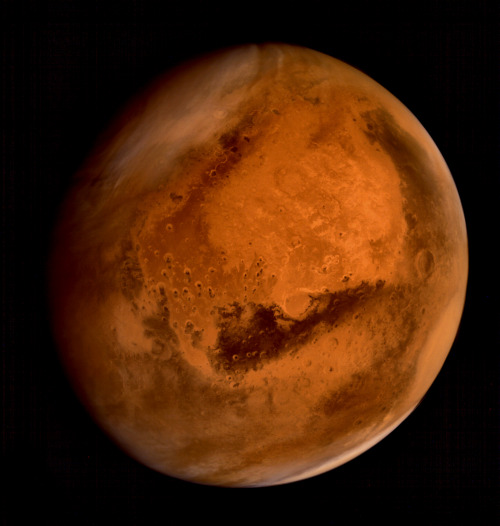
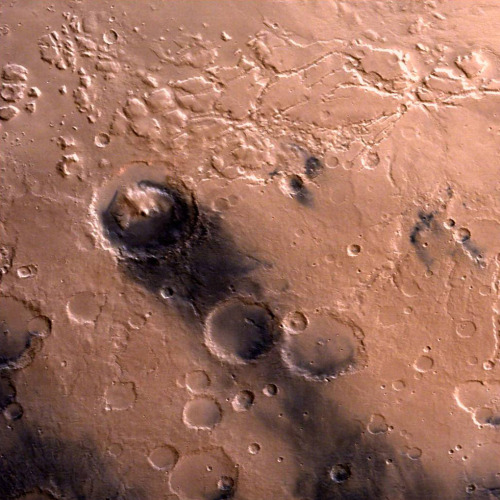
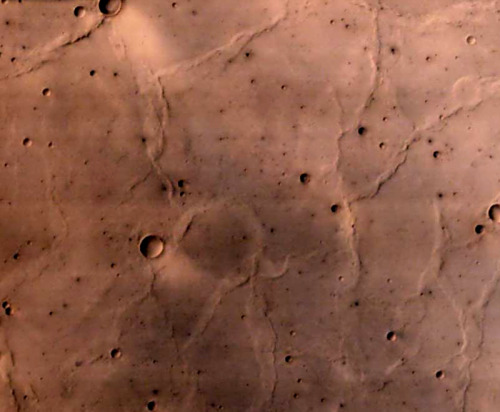
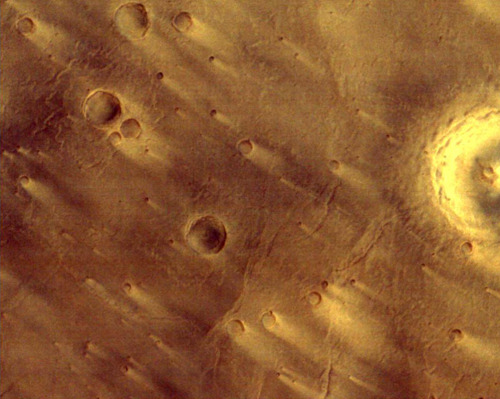
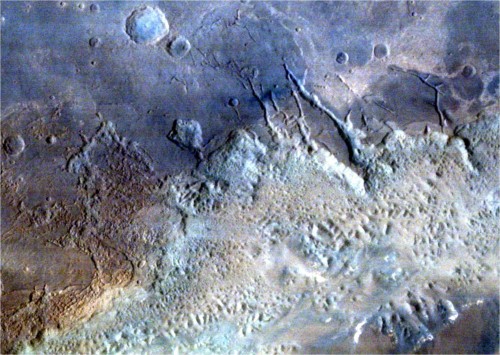
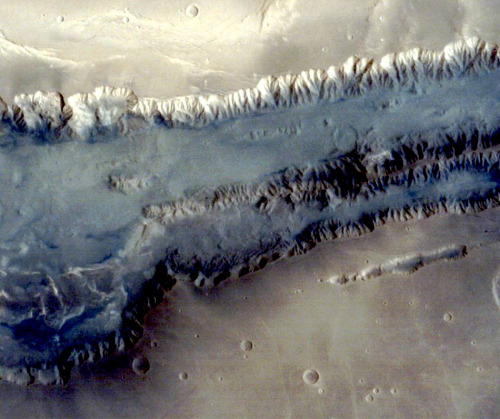
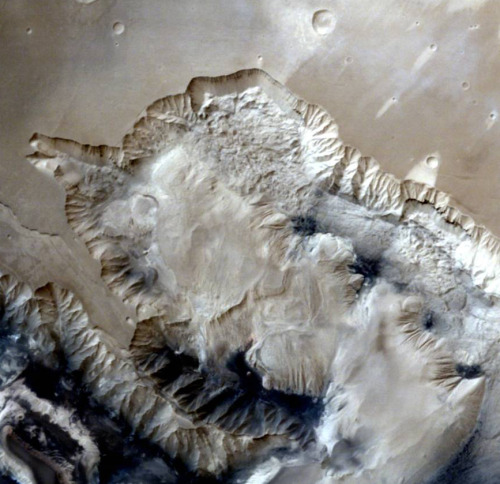
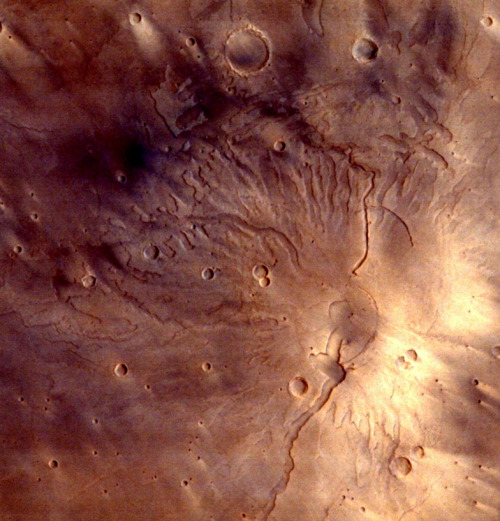
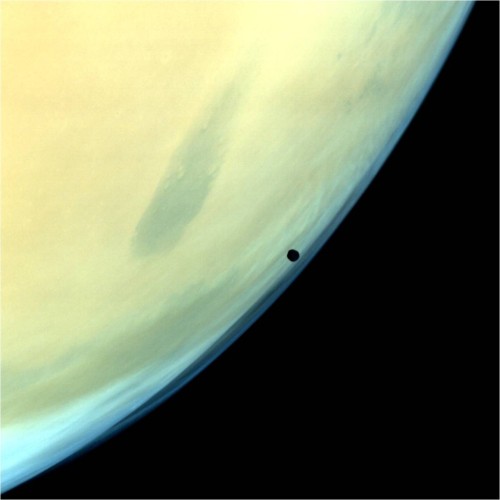
Photographs of Mars taken by the Indian Mars Orbiter Mission, which has been orbiting the planet since September 2014. Can you imagine our descendants colonizing this world?

For more amazing images and posts about how Astronomy is Awesome, check us out!
http://astronomyisawesome.com/
As always, please feel free to ask questions and we love it when you reblog!
#astronomy #space #nasa #hubble space telescope #nebula #nebulae #galaxy




Kennedy Space Center | by North Sky Photography
Facebook | Instagram | 500px | Tumblr | Society 6
7 Things That Happen When You Go To Space
Told Through Astronaut Scott Kelly’s Tweets
Astronaut Scott Kelly is currently spending a year in space. Most expeditions to the space station last four to six months. By doubling the length of this mission, researchers hope to better understand how the human body reacts and adapts to long-duration spaceflight. During this one-year mission, Kelly is also participating in the Twins Study. While Kelly is in space, his identical twin brother, retired NASA Astronaut Mark Kelly, will participate in a number of comparative genetic studies.
Here are a few things that happen when astronauts go to the space station:
1. Your personal hygiene takes on a different form:


2. Sleeping arrangements might take some getting used to:



3. Internet services will remind you of the 90s:

4. You never have to do laundry:


5. You get to become immersed in a range of different cultures:

6. All of your water is recycled…yes…that means urine too:


7. You get to see the Earth like never before:



Follow Astronaut Scott Kelly’s Year in Space mission on Facebook, Twitter and Instagram.
Make sure to follow us on Tumblr for your regular dose of space: http://nasa.tumblr.com
me: wanna see a picture of my boyfriend
person: sure
me: *pulls out 10 dollar bill*
person:
me: ... he sings, too
We’re With You When You Fly

Did you know that “We’re With You When You Fly”? Thanks to our advancements in aeronautics, today’s aviation industry is better equipped than ever to safely and efficiently transport millions of passengers and billions of dollars worth of freight to their destinations. In fact, every U.S. Aircraft flying today and every U.S. air traffic control tower uses NASA-developed technology in some way. Here are some of our objectives in aeronautics:
Making Flight Greener

From reducing fuel emissions to making more efficient flight routes, we’re working to make flight greener. We are dedicated to improving the design of airplanes so they are more Earth friendly by using less fuel, generating less pollution and reducing noise levels far below where they are today.
Getting you safely home faster

We work with the Federal Aviation Administration to provide air traffic controllers with new tools for safely managing the expected growth in air traffic across the nation. For example, testing continues on a tool that controllers and pilots can use to find a more efficient way around bad weather, saving thousands of pounds of fuel and an average of 27 minutes flying time per tested flight. These and other NASA-developed tools help get you home faster and support a safe, efficient airspace.
Seeing Aviation’s Future

Here at NASA, we’re committed to transforming aviation through cutting edge research and development. From potential airplanes that could be the first to fly on Mars, to testing a concept of a battery-powered plane, we’re always thinking of what the future of aviation will look like.
Make sure to follow us on Tumblr for your regular dose of space: http://nasa.tumblr.com
![Some Estimations On The Costs Of Going To Mars [infographic] Http://space-pics.tumblr.com/](https://64.media.tumblr.com/3e39297651d1abea02e220c4e1ed4c51/tumblr_nxzn1oQ1UU1rcl722o1_1280.jpg)
Some estimations on the costs of going to mars [infographic] http://space-pics.tumblr.com/

Check out Fingerprints of Water on the Sand via NASA http://ift.tt/1Mxtpaz

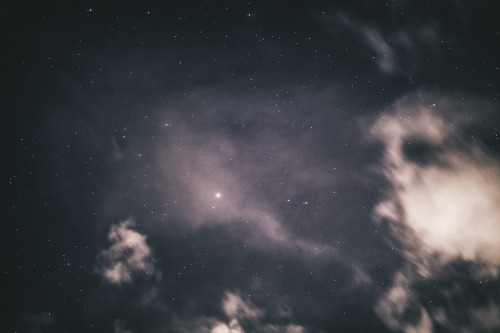
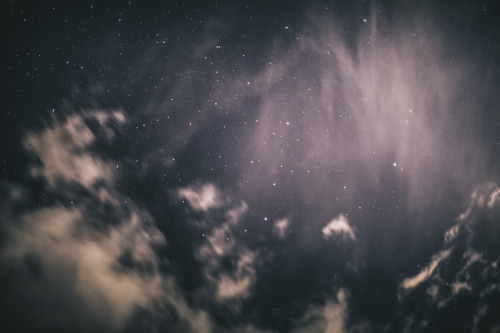
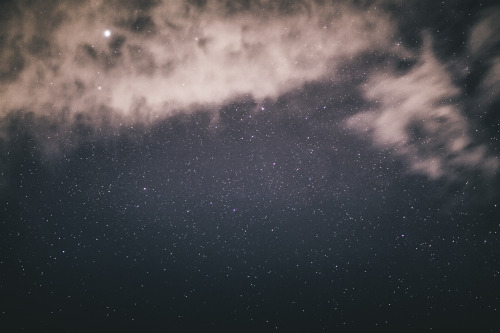
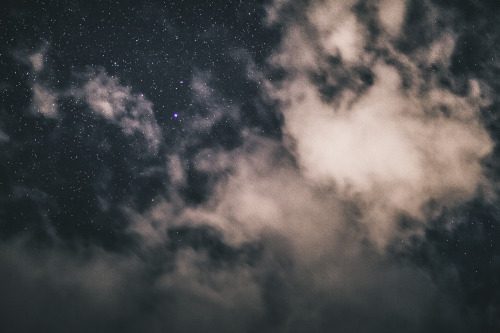




Kennedy Space Center | by North Sky Photography
Facebook | Instagram | 500px | Tumblr | Society 6

TYN_75572 by will_rock_king on Flickr.

Rick Guidice
My other blogs
@aggressively-stripping @mothernaturesbest - The top is a reblog blog and the other is nature

This Week in Chemistry: A liquid with holes in, why spider webs stay sticky, & more! http://goo.gl/vNI6rF

Beirut: Two suicide bombings have killed 41+ people. http://www.bbc.com/news/world-middle-east-34805466
Japan: A tsunami warning has been issued for parts of Japan after a magnitude 7.0 earthquake struck off its south-western coast. http://www.bbc.com/news/world-asia-34816292
Paris: Dozens dead, 3 explosions, and 60+ hostage situation. http://www.bbc.com/news/world-europe-34814203

In June 2013, a group of friends encased a GoPro in a 3D-printed body, attached it to a weather balloon, and launched it. The weather balloon burst and the camera came careening back down to Earth, just as planned – only the crew never found it.
Two years later, a woman hiking in the desert found a camera in the rubble and brought it to the AT&T store where she worked. The owner of the SIM card was identified and the camera was returned to its original owners. Technology is pretty damn cool.
This breathtaking shot of the Grand Canyon from the stratosphere was taken from their footage.
Source
-RLO






This volcano in Indonesia emits electric-blue “lava”
Kawah Ijen, in Indonesia’s Ijen volcano complex, is the biggest “acidic volcanic crater lake” in the world. It also happens to emit lava which appears luminescent and electric-blue. The lava, like all other lava, starts out red. Then it hits the “pockets.” (Photos via @reubenwu)

Scientists spot the closest Earth-sized exoplanet yet
Scientists have discovered a new exoplanet that, in the language of “Star Wars,” would be the polar opposite of frigid Hoth, and even more inhospitable than the deserts of Tatooine. But instead of residing in a galaxy far, far away, this new world is, galactically speaking, practically next door. The new planet, named GJ 1132b, is Earth-sized and rocky, orbiting a small star located a mere 39 light-years from Earth, making it the closest Earth-sized exoplanet yet discovered. Based on their measurements, the scientists have determined that the planet is a roasting 500° F (260° C), and it is likely tidally locked, meaning that it has a permanent day and night side — presenting the same face to its star, much like our Moon is locked to Earth.
Read more ~ Astronomy Magazine
Image: In this artist’s rendering of GJ 1132b, a rocky exoplanet similar to Earth in size and mass, circles a red dwarf star. GJ 1132b is relatively cool at about 450° F (230° C) and could potentially host an atmosphere. At a distance of only 39 light-years, it will be a prime target for additional study with Hubble and future observatories like the Giant Magellan Telescope. Credit: Dana Berry

The mission objective of the Voyager Interstellar Mission (VIM) is to extend the NASA exploration of the solar system beyond the neighborhood of the outer planets to the outer limits of the Sun’s sphere of influence, and possibly beyond. This extended mission is continuing to characterize the outer solar system environment and search for the heliopause boundary, the outer limits of the Sun’s magnetic field and outward flow of the solar wind.